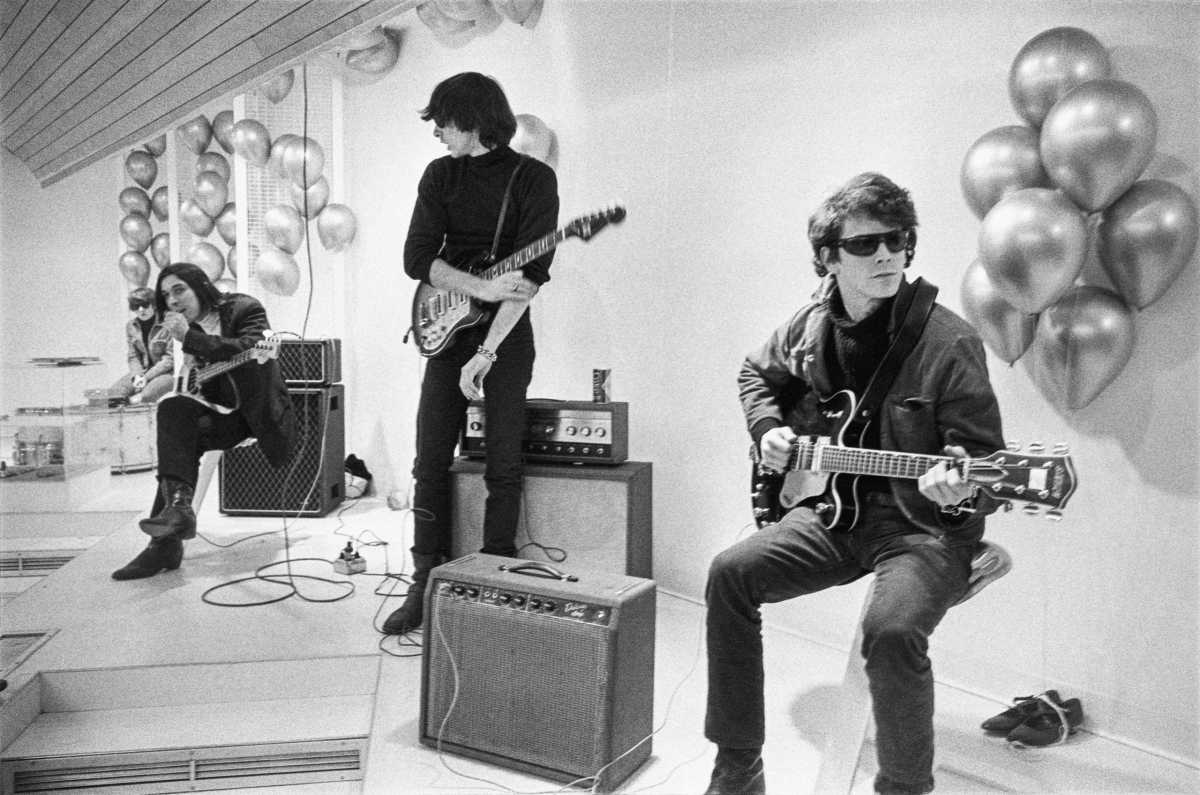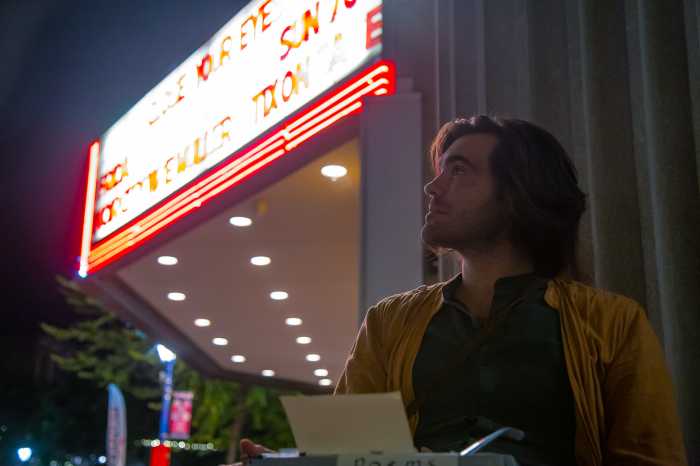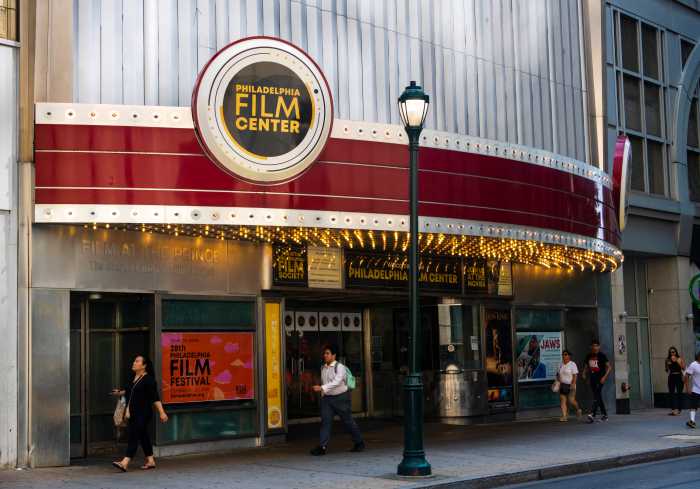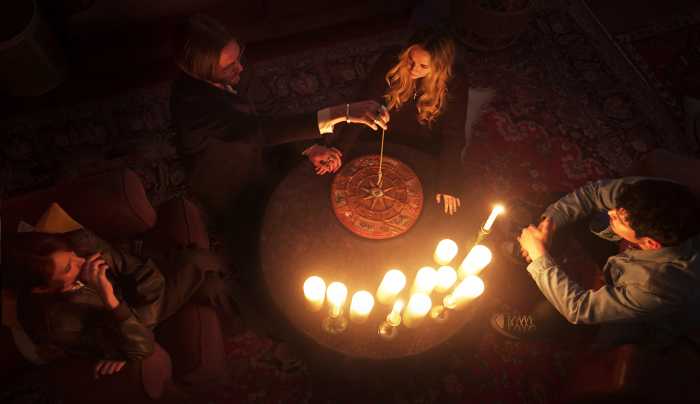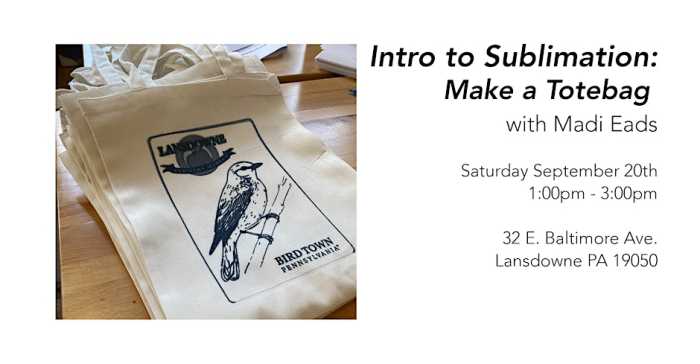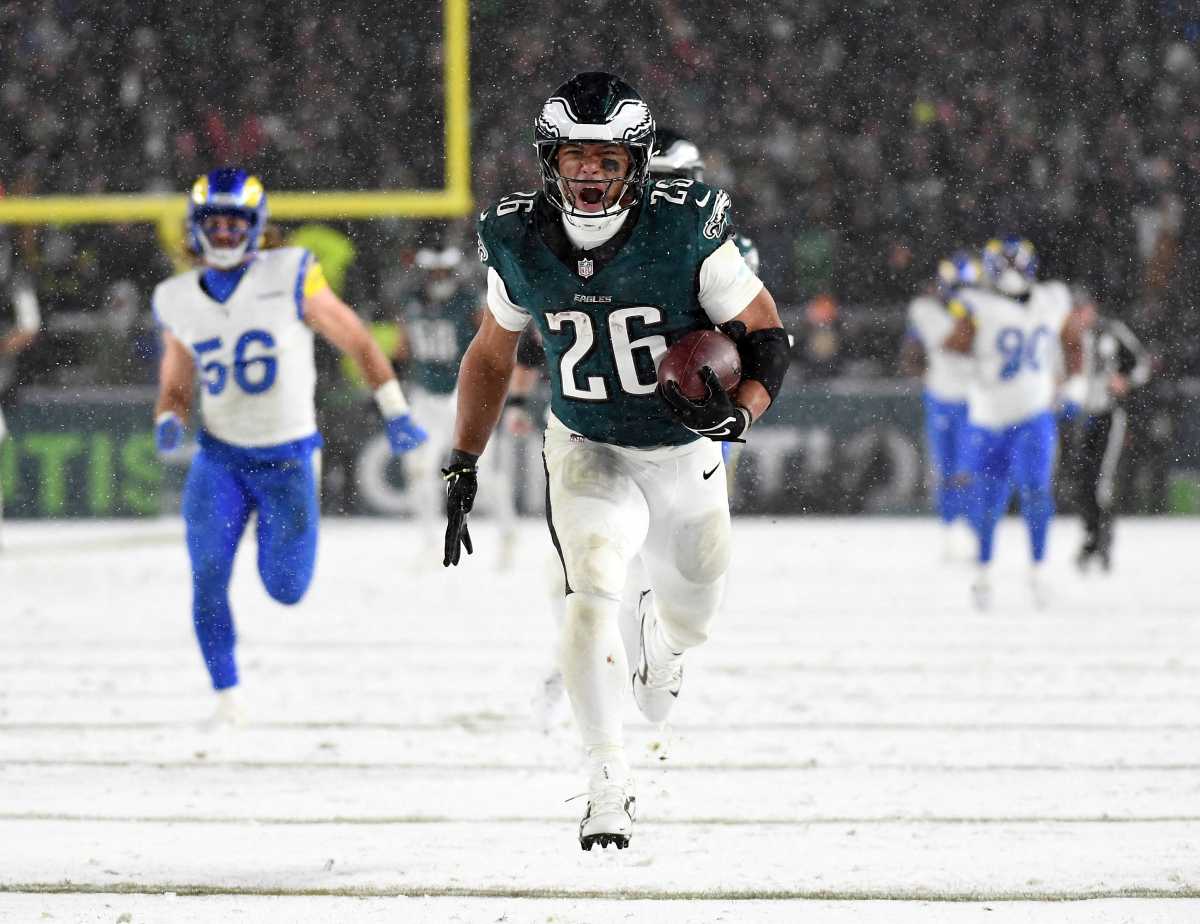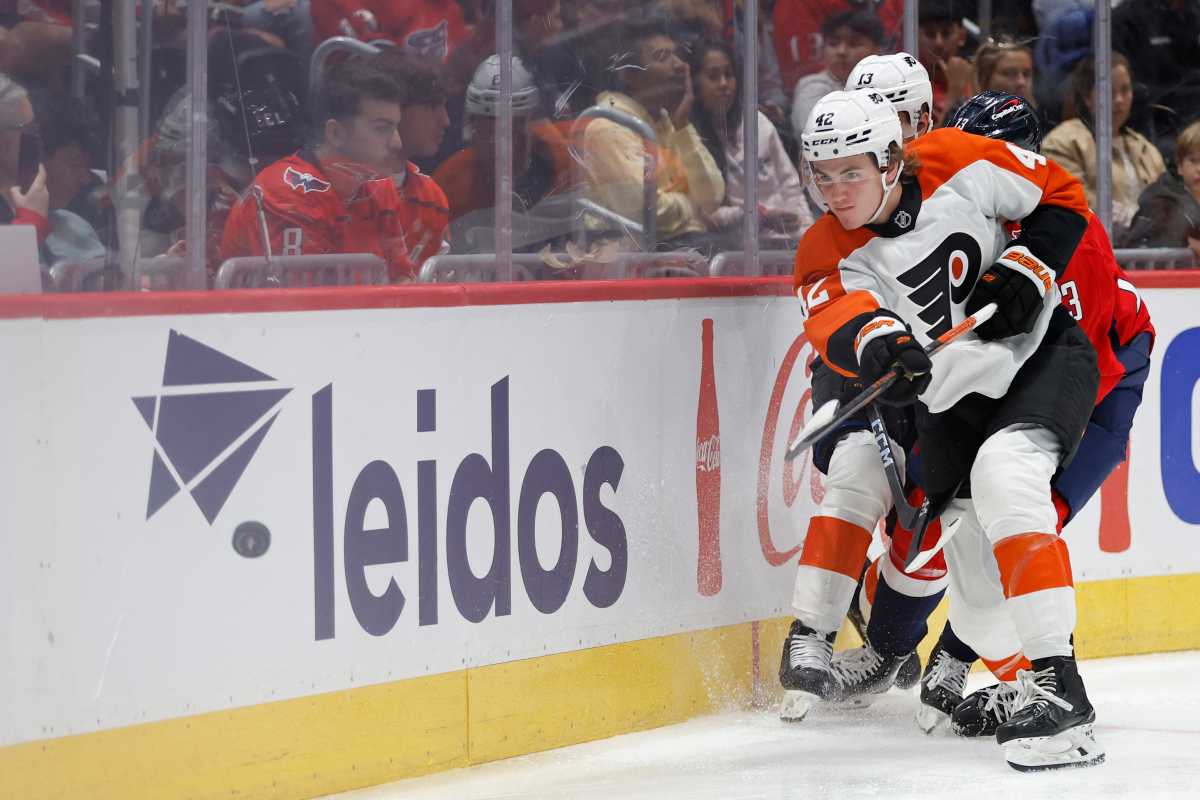When watching Todd Haynes’ documentary on Lou Reed and John Cale’s dark, seminal ensemble The Velvet Underground, viewers — from longtime fans to adventurous discoverers of cinema and music — will get a first-row seat to several scenes of the mid-to-late 1960s.
Not only those relating directly to the Velvet’s vividly realistic and poetic view of drugs and sexuality—and its churning combine of drone proto-punk musicality—but into the avant-garde film scene of that time, from curator Jonas Mekas to its producer and mentor Andy Warhol, who filmed the Velvets daily and nightly exploits, and turned their stark stage show into something as visually propulsive as it was manically and sonically dynamic.
The footage of this presentation, the Exploding Plastic Inevitable from 1966 and 1967, is a stunning visual centerpiece to Haynes’ documentary tale of how John Cale’s steely yet sensual drone classicism got paired with Lou Reed’s mix of primal rock and roll and poetic encounters in gay sexuality, psychological disturbance and hard drug use. Here in these rare live music clips featuring The Velvet Underground with German chanteuse Nico, screenings of Warhol’s films atop them, and dancing and performances by Warhol Factory habitues Mary Woronov and Gerard Malanga, Haynes helps turn the edgy sound of the Velvets into something more manic and multi-media.

“They toured, not often, and most of where they performed was in New York City at The Dom,” said Haynes of the lost NYC nightclub/performance space on St Mark’s Place. “The regional footage we used beyond New York City was shot for an 18-minute film by Ronald Nameth in Chicago in 1966. We got a really interesting performance of ‘Heroin,’ there with John Cale singing rather than Reed because Lou was sick with hepatitis… In Boston, too, the Velvets played a residency that showed their reach beyond New York City.”
Haynes’ “The Velvet Underground” documentary focuses its energy and vision on how Reed and Cale, separately then equally, made the quartet (also with second guitarist Sterling Morrison and drummer Maureen Tucker) into a singular voice for violence, sex, drugs and rock and roll. Having previously displayed his love for abstract music and skill for twisting iconic imagery in films such as “Velvet Goldmine” and “I’m Not There” — which fictionalized the relationship between David Bowie and Iggy Pop and the life of Bob Dylan, respectively — Haynes is a master at marrying towering scenes to the saints that haunt them.
What isn’t so readily known is that the Velvet’s reach extended beyond Manhattan and into Philadelphia near Christmas in 1966 when Warhol and Co’s Exploding Plastic Inevitable played two shows at the old YM&WHA, now known as the Gershman Y. Billed originally as a “mixed-media discotheque,” the Warhol-produced event did not exactly turn heads. Longtime fan John Lombardi, of the Camden Courier-Post, wrote: “The older people in attendance left long before the two-hour ‘assault’ could lull them, numb them, then perhaps speak to them.” Considering that Warhol made his bones as well as a name for himself as Pop Art’s face with his 1965 solo show at University of Penn’s Institute for Contemporary Art with Edie Sedgwick in attendance, Philadelphia looms large within the Andy/Velvets continuum even our audiences were boggled by the noise made by Reed, Cale and Nico.
‘The Velvet Underground’ documentary is now showing in theaters and is streaming on Apple TV+



